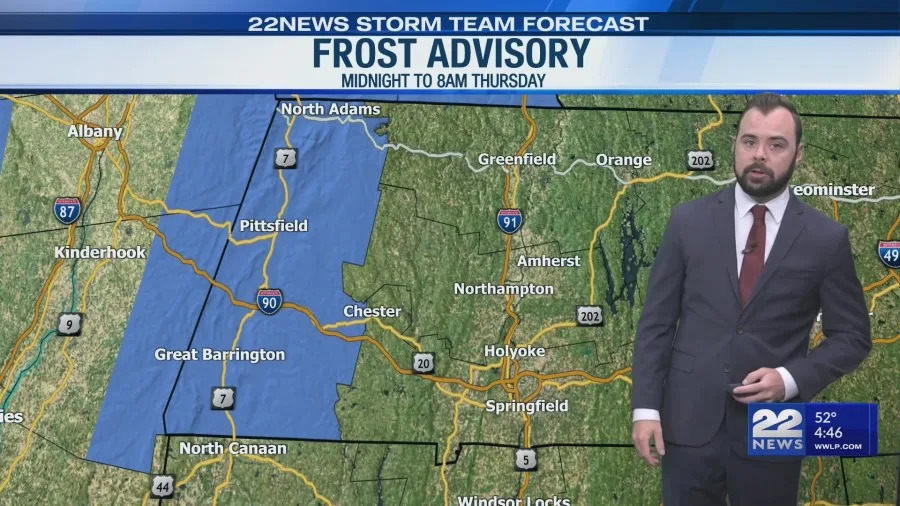
What is a Frost Advisory?
A frost advisory is a weather alert issued by meteorological services when conditions are expected to be favorable for the formation of frost. Such advisories are significant, especially during the transition from autumn to winter, when temperatures drop significantly at night. The advisory aims to alert agricultural producers, gardeners, and the general public about the risks associated with sudden drops in temperature that can affect crops and outdoor activities.
Current Situation in Canada
As of late October 2023, many regions across Canada are experiencing the first frost of the season. According to recent forecasts by Environment and Climate Change Canada, frost advisories have been issued in various provinces, including Ontario, Quebec, and British Columbia. These advisories usually indicate that temperatures could fall below freezing overnight, posing a risk to fragile vegetation and outdoor plants.
Impacts of Frost Advisories
Frost can have detrimental effects on crops, particularly those that are sensitive to cold conditions. Various crops, such as pumpkins, beans, and flowering plants, can suffer significant damage if exposed to frost. Moreover, for gardeners and farmers, understanding frost advisories is crucial for making timely decisions about protecting their plants, such as using covers or bringing potted plants indoors.
How to Prepare for Frost Advisories
Residents and farmers are encouraged to take several preventative measures when a frost advisory is in effect. These can include:
- Covering sensitive plants with blankets or cloths to retain heat.
- Watering gardens in the evening, as moist soil can help moderate temperatures.
- Bringing container plants indoors or into a greenhouse.
Additionally, the public is advised to stay updated with local weather reports and alerts through official channels. Preparations can mitigate the potential loss of vegetation and ensure that outdoor plans are adjusted as necessary.
Conclusion
Frost advisories serve as essential warnings that help individuals and communities prepare for sudden temperature drops. As climate patterns continue to evolve, understanding and responding to these advisories will become increasingly vital for agriculture and horticulture. This winter, staying informed and taking proactive steps can significantly reduce the adverse impacts of frost. Stay tuned to local weather updates to protect your plants and ensure a fruitful growing season.



